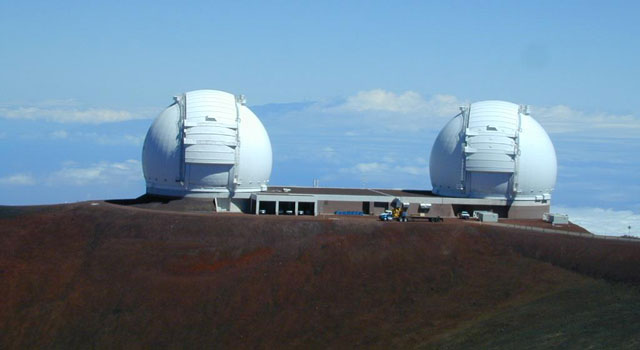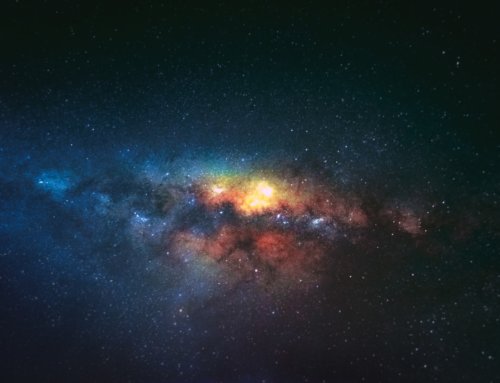Everyone knows about our solar system. Earth and its neighbors orbit the sun. Exoplanets exist outside of our solar system. They’re hard to detect. It wasn’t until the 1980s that exoplanets were scientifically confirmed to exist. Even today, it can be hard to see exoplanets. Recently, scientists developed a new way of viewing exoplanets directly.
The exoplanet most recently viewed by scientists is known as HR 8799e. Scientists have known about this exoplanet for quite a while. It’s young for a planet, and similar to Jupiter in some ways. Until now, scientists haven’t been able to see it up close. Distance and light make it hard to see these far-away satellites.
It’s difficult to view exoplanets because they’re so dim. They’re very far away from Earth. The stars they orbit literally don’t shed much light on them. The new technique that makes it possible to view exoplanets involves highly advanced telescopes. It’s not the lenses of the telescope themselves, however. The key is GRAVITY.
The GRAVITY instrument can directly measure light that’s reflected from exoplanets. It uses light reflected by four Very Large Telescopes in Chile to do this. Prior techniques measured how exoplanets change the light of nearby stars as they move through their orbits. To see the exoplanet directly, astronomers relied on optical interferometry.
Optical interferometry utilizes multiple signals from telescopes to get a more accurate picture of far-away objects. Light from four telescopes was used to view HR 8799e. The pictures are not great looking. The type of imaging these Very Large Telescopes produce is not like a standard snapshot.
Instead, these telescopes tend to measure the chemical makeup of a planet’s atmosphere. Interesting revelations about HR 8799 e include the methane level. It’s a lot lower than scientists expected prior to viewing it directly. The atmosphere has much higher carbon monoxide than were previously expected. Now, scientists theorize that vertical winds on the exoplanet are to blame.
These revelations show that there’s still a lot to learn about exoplanets. Even the best projections by experienced astronomers can be far off. This technology is helping to demystify the chemistry and physics of the universe outside the Earth’s own solar system. The revelations about exoplanets in outer space may well influence the way science tackles mysteries within the Earth’s solar system.






